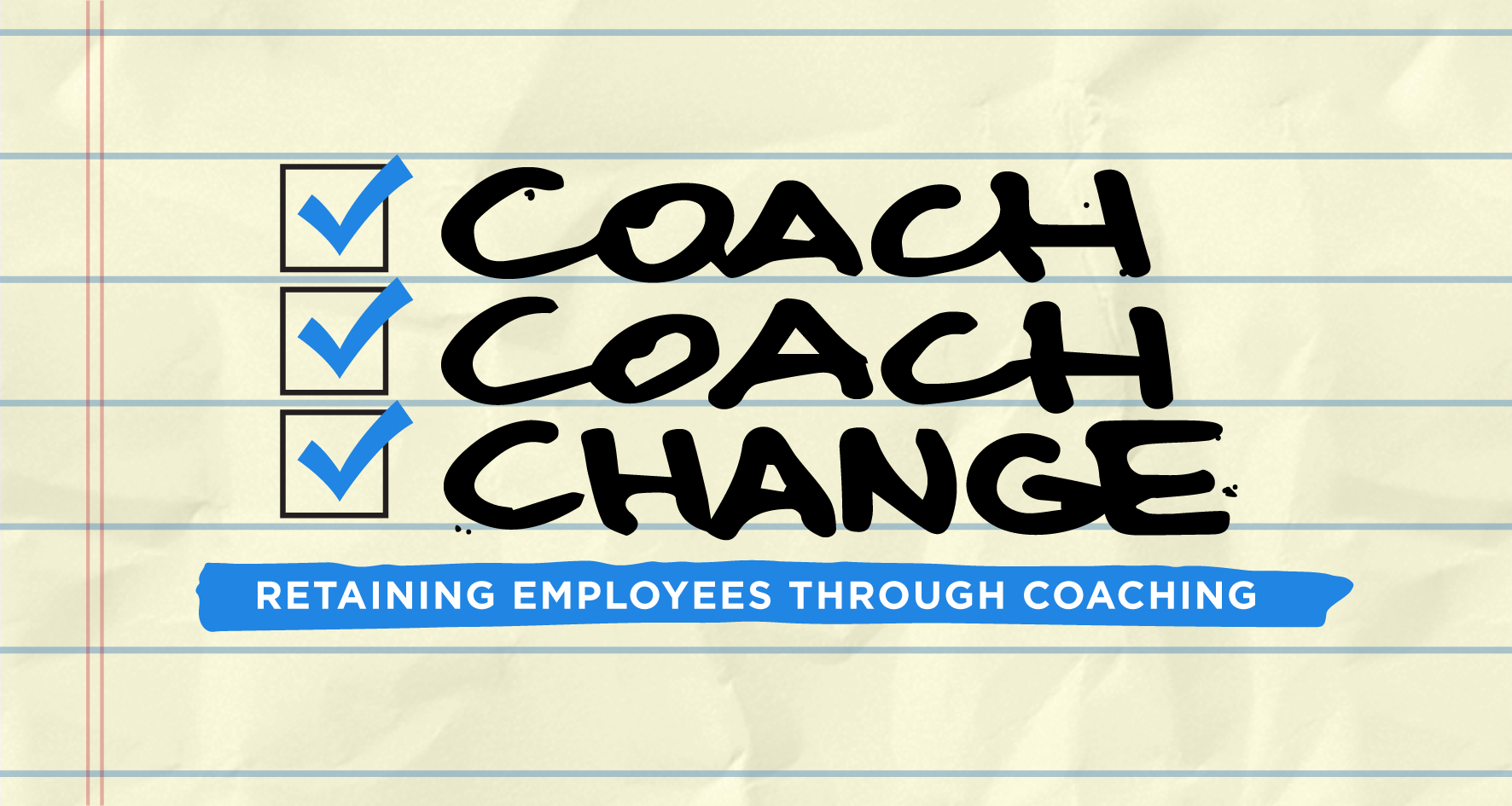Recruiting quality talent is already an expensive process but replacing talented individuals can be even more costly. ‘Coach-Coach-Change’ is an approach to performance management that emphasizes retaining employees through coaching rather than a weeding out process. The approach is built on the belief that leaders have a responsibility to set clear expectations, train and coach employees to meet them, and reinforce him/her when they are met and redirect her/him when they aren’t. If the performance still does not meet expectations, a change to another role inside or outside the organization is necessary.
Effective implementation of the Coach-Coach-Change model requires the leader to guide the employee in completing the following steps:
- Set and document the expectations for the Results of the employee. This is dependent on the employee’s role and desired outcomes for the organization.
- Describe the Activities that are required to effectively achieve the results.
- Define the Efforts needed to bring about the required activities.
- Articulate the underlying Attitude that drives meaningful effort.
As an aggregate, the relationship flows as follows:
Attitude drives Effort drives Activity drives Results.
After meeting with the employee and ensuring clear understanding of the steps, the execution of the resulting plan must be Employee Driven- Leader Guided. The employee always sits in the driver’s seat while the leader serves as navigator and support.
When results are falling short of expectations, the Coach-Coach-Change model also serves as a guide for diagnosing gaps. The diagnostics process follows the same flow as the development steps:
- When Results are below expectation, look to see where the Activities are lacking.
- Then if Activity is below expectation, look to see where the Effort is falling short.
- If Effort is below expectation, look to see where Attitude has taken a turn.
- If Attitude has turned, it is usually because the team member no longer values what they are doing and doesn’t believe they are capable of being successful at it. (This can be diagnosed by looking for a “So why try anymore?” attitude.)
As a result of this process, the employee and leader are equipped with the information they need to develop a reengagement strategy that can save a valuable but struggling team member. If the plan is properly crafted based upon the shared diagnosis, it will have the needed elements to address the gaps at each stage of the Coach-Coach-Change model.
As directed in the development and diagnostic steps of Coach-Coach-Change, the process is a partnership between an employee and his/her leader. Each step is taken as progressive co-owners with the clear understanding that it is an employee-driven and leader-guided process. When genuinely and effectively engaged, Coach-Coach-Change can transform an individual’s, and an organization’s, performance.
Contact your England Logistics Business Coach for more information and support in implementing Coach-Coach-Change into your team.



